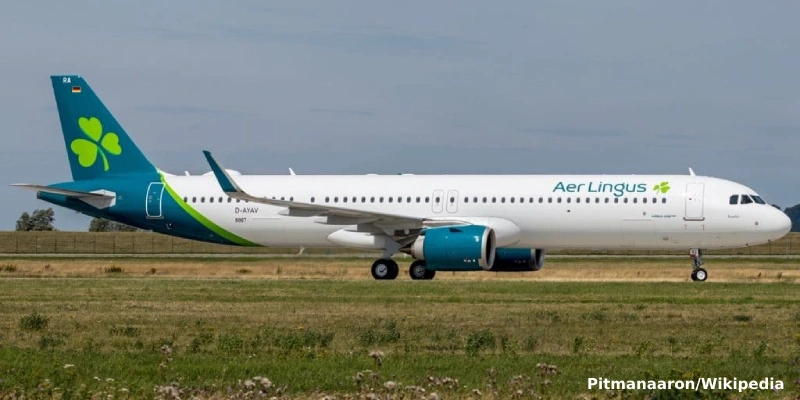The Mexico City International Airport (AICM) has received official authorization to increase commercial operations from 43 to 44 flights per hour, including both takeoffs and landings. This adjustment, approved by the Federal Civil Aviation Agency (AFAC), marks a turning point in the operational capacity of the country’s most important airport.
Official Decision and Operational Context
The announcement was formalized this Monday through its publication in the Official Gazette of the Federation (DOF). The document instructs the AICM concessionaire to implement the necessary measures to ensure efficient operations and high-quality public service. This change will take effect starting in the summer and winter seasons of 2025 and will also apply to subsequent years.
Currently, the airport operates under strict oversight by the Secretariat of the Navy (Semar), amid a context of remodeling and operational adjustments that have caused tensions among airlines, particularly domestic carriers.
Recent History of Restrictions and Reconfigurations
In August 2022, the AICM had to reduce its hourly operations from 61 to 52, and later in 2023, from 52 to 43. Both reductions were temporary and aimed to improve service quality for users in an environment characterized by airspace congestion and limited terminal infrastructure.
→ Approved: Construction of Miami Airport’s New Concourse K
With this new resolution, the possibility of future flight increases opens, provided the airport meets certain requirements:
- Implementation of the master development plan.
- Comprehensive analysis of airspace.
- Verification of adequate operational conditions, both on runways and in terminals.
Which Time Slots Are Most Affected?
Operational analysis indicates that Terminal 1 experiences congestion between 05:00 and 22:59. For Terminal 2, critical periods are from 06:00 to 10:59, 13:00 to 19:59, and between 21:00 and 21:59. These timeframes clearly highlight the daily pressure faced by the AICM.
Airline Response and Next Steps
Airlines had repeatedly emphasized the need to increase hourly operations. Although the increase is only one additional flight, it provides some relief from the operational rigidity imposed by Semar. Airlines were notified on May 7, but the change had to undergo the official AFAC approval process before implementation.
This adjustment, though modest, signals a progressive improvement in the AICM’s capacity to handle growing demand in an environment where passenger numbers continue to rise.
Related Topics
Southwest to Open New Crew Base in Austin, Creating Over 2,000 Jobs
Aer Lingus to Fly Between Dublin and Pittsburgh Starting May 2026
Royal Air Maroc Announces First Non-Stop Service Between Casablanca and Los Angeles
BlueHouse: JetBlue to Open Its First VIP Lounge at New York’s JFK Airport

Plataforma Informativa de Aviación Comercial con 13 años de trayectoria.




